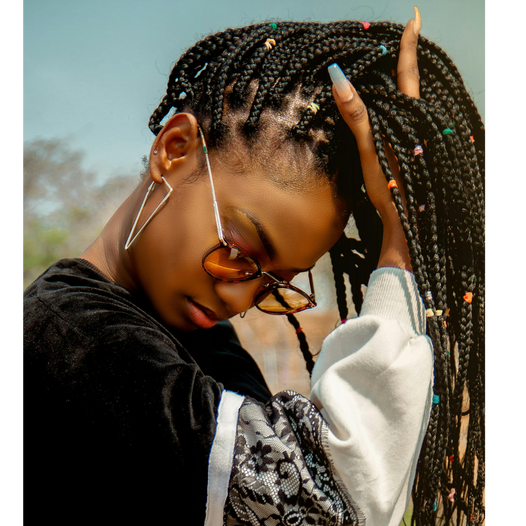
Type 3A, 3B and 3C Hair Characteristics, Care Routine, and Beneficial Ingredients To Seek

Type 3 hair, often referred to as curly hair is characterised by well-defined, springy curls that range from loose curls to tight corkscrew curls. It is often described as having a "S" shaped pattern. Let’s walk you through common challenges, suitable care routine and highlight beneficial ingredients to seek in hair care products.
Type 3A hair tends to be soft, shiny, and lightweight making it easy to style. However, it can be challenging maintaining curl definition, prone to frizz especially in humid weather or when it is not properly moisturised. The roots of 3A hair tend to lay flat against the scalp, which can create a lack of volume at the crown. Type 3A hair is characterised by loose, large, well-defined curls with an S-shaped pattern.
Type 3B hair features tighter and more voluminous curls that are well-defined and resembles corkscrews. This hair type is prone to frizz and requires adequate moisture to maintain curl shape and manageability.
Type 3C hair consists of tightly curled, spiral-shaped strands that may have a coarser texture. This hair type tends to be dense, prone to frizz and fragility is increased due to tight curl pattern.
Care Routine:
Cleansing: Use a sulfate-free hydrating shampoo to prevent excessive drying and preserve natural oils. Focus on the scalp and gently cleanse the length of the hair.
Conditioning: Apply a moisturising conditioner, concentrating on the mid-lengths and ends. Detangle hair with a wide-tooth comb or fingers while the conditioner is still in. Start from the ends and work your way up to minimise breakage.
Moisture and Styling: Apply a leave-in conditioner or curl-enhancing product to damp hair, working it through in sections, to lock in moisture and enhance curl definition. Style by scrunching hair upwards, praying hands, finger-coiling method or using a diffuser on a low heat setting to enhance natural curl formation.
Maintenance: Refresh curls between washes with a water-based spray or conditioner, followed by scrunching and reshaping curls. Avoid excessive touching and heat styling to minimise damage.
Additional care for Type 3B and 3C
Deep Conditioning: Regularly use a deep conditioner or hair mask to provide intense hydration and strengthen the hair. Leave the product on for the recommended time to allow for deep penetration.
Additional care for Type 3C
Co-Washing: Consider incorporating co-washing (washing with conditioner) into your routine to retain moisture and avoid stripping natural oils.
Protective Styling: Embrace protective styles like braids, twists, or updos to minimize manipulation and reduce breakage.
Beneficial Ingredients:
Moisturising Agents: Look for ingredients like honey, glycerin, aloe vera, and panthenol to provide hydration, prevent dryness, attract and retain moisture, keeping curls hydrated.
Natural Oils: Seek products containing nourishing oils such as coconut oil, argan oil, or jojoba oil to add moisture, combat frizz, and enhance shine.
Additional ingredients for Type 3B and 3C
Shea Butter: Look for products containing shea butter, which provides moisture, reduces frizz, and adds softness and shine to type 3B hair.
Protein Treatments: Look for products containing hydrolyzed proteins (e.g., keratin or wheat protein) to strengthen and repair damaged hair.
Castor Oil: Consider using castor oil, which helps retain moisture, promotes hair growth, and strengthens the hair shaft.
Take our Hair Type Quiz for further guidance and full product recommendation. Experiment with different products and find what works best for your hair to properly care and nourish your hair.


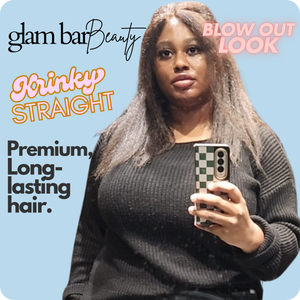
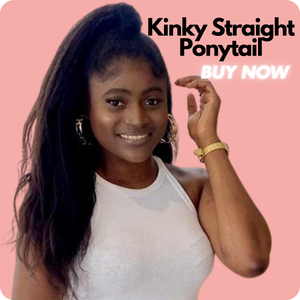
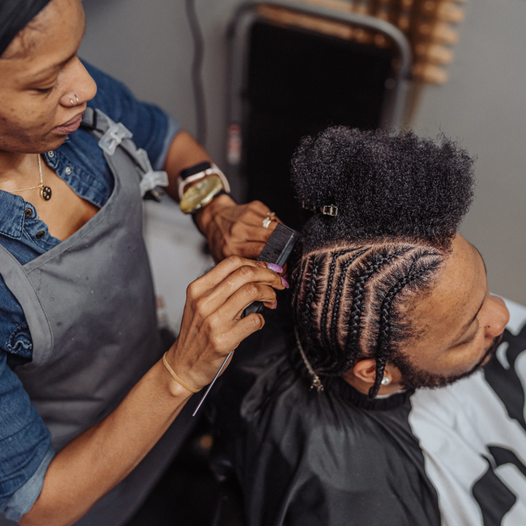
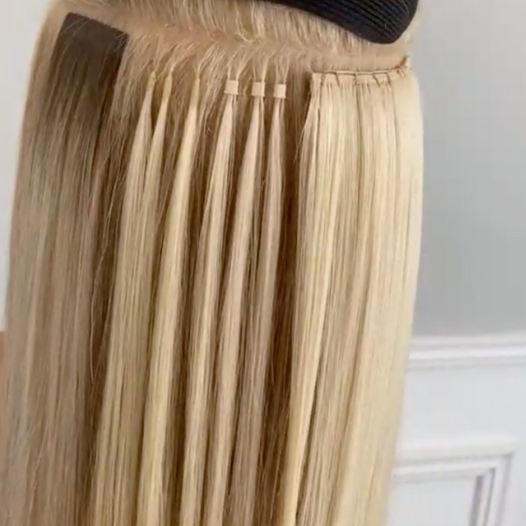
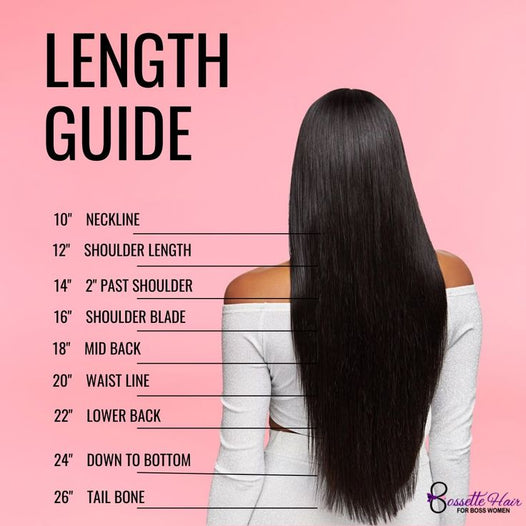
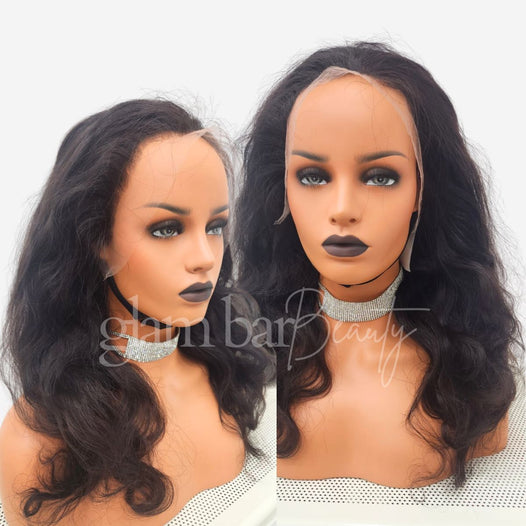
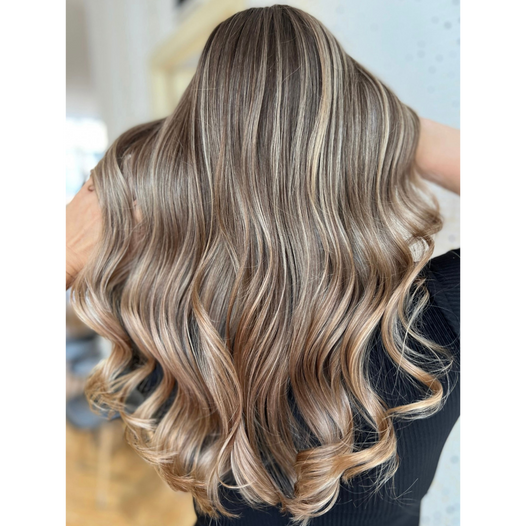
Leave a comment